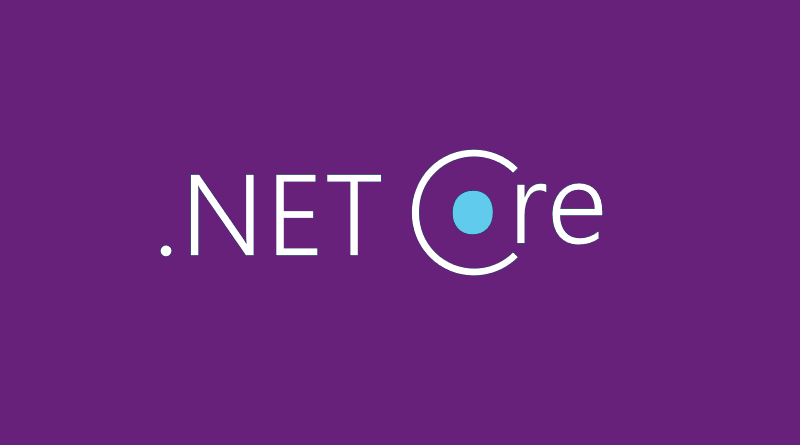Organizations must take advantage of the latest advancements as technology and trends evolve. For example, migrating from .NET Framework to .NET Core can yield various benefits, including enhanced performance, scalability, and flexibility. Below in this blog, the developers from ModLogix provide an in-depth overview of the advantages of migrating from one platform to another, steps for upgrading to .NET Core, essential considerations to keep in mind, and conclude with best practices.

Advantages Of Migrating From .Net Framework To .Net Core
Migrating from one platform to another offers many advantages. It allows developers to build applications supported across multiple operating systems such as Linux, macOS, and Windows. This cross-platform support means you can target a broader range of users and devices. Secondly, .NET Core supports containerization, making it easier for applications to deploy reliably and efficiently. This can save you time and money in the long run, as you won’t have to spend as much time troubleshooting deployment issues.
Additionally, .NET Core comes with improved performance due to its higher speed and optimized garbage collector, which can reduce memory use significantly. This can result in faster and more responsive applications. At last, developers will benefit from an array of tools available for the open-source framework, allowing them to quickly develop high-performance cloud-native apps. These advantages make migrating to .NET Core from .NET Framework highly beneficial for developers looking for flexible application development solutions.
Examples of migrating:
- A software development company wants to modernize its application to utilize the latest advancements. They migrate to enhance the application’s performance and scalability and target a more comprehensive range of users and devices.
- A startup is developing a new application to ensure it is supported across multiple operating systems, including Linux, macOS, and Windows. They choose to build their application using .NET Core for its cross-platform support.
- An enterprise-level organization has an existing application built on .NET Framework but experiencing deployment issues and slow performance. They migrated their application to .NET Core to take advantage of containerization and improved performance and save time and money troubleshooting deployment issues.
- A software development team is looking to develop high-performance cloud-native apps and has decided to migrate their existing applications to .NET Core, which comes with an array of tools available for an open-source framework.
- An administration agency has an existing application built on .NET Framework, and they must ensure that the application’s functionality, performance, and overall security are not compromised during the migration process. They follow best practices and ensure thorough testing before and after migration to ensure the application still functions as intended.
Steps For Upgrading To .Net Core
If you want to improve your application’s performance and scalability, upgrading from .NET Framework to .NET Core is viable. According to ModLogix, here are some steps you can follow to upgrade your project successfully:
- Ensure you have the necessary development environment requirements before making any changes.
- Identify which project parts need to be upgraded and evaluate the effort required.
- Test any changes thoroughly prior to deployment.
- Provide proper documentation for developers, so they can quickly get up-to-speed on any new technologies or practices being utilized.
Following these steps, you can ensure that your migration is a smooth and successful process, allowing you to take advantage of the enhanced performance and scalability of .NET Core right away.
Essential Tips and Best Practices for a Successful Transition
If you want your application to perform better, be more scalable, and target a broader range of users and devices, migrating to .NET Core is the way to go. But, to ensure a smooth and successful migration process, following the best practices experts recommend is crucial. Here are some tips that will help you achieve a seamless transition:
- Take inventory of your application and select a modern framework that suits your specific needs and your development team’s expertise. This will prevent any compatibility issues from arising later on.
- Plan and execute the migration process carefully, considering critical factors such as dependencies, compatibility, and available resources. Having a clear road map for the migration process is essential.
- Thoroughly test your application before and after migration to ensure it functions correctly, is secure, and provides a positive user experience. Automated testing can help accelerate this process and eliminate any errors.
- Use version control to keep track of any changes made during the migration process, allowing you to quickly revert if necessary.
- Ensure proper documentation is in place to help your developers understand any new tools, technologies, or practices used during migration.
- Monitor your application post-migration to ensure it performs as expected and take immediate action if any issues arise.
Migrating to .NET Core should be a breeze if you follow certain best practices. Firstly, ensure that your team members are sufficiently trained on the platform and familiar with .NET Core’s core concepts to ensure a smooth transition. Secondly, plan ahead and set clear objectives for the migration process so that it is completed efficiently. Thirdly, use automated tools such as Visual Studio to detect any compatibility issues with existing applications before migrating and rectifying them appropriately. Fourthly, focus on the quality of the migrated application by conducting thorough tests throughout the entire development process. Finally, create detailed documentation to ensure other developers know how and why changes were made during migration.
Conclusion
.NET Framework differs from .NET Core in that the former is a powerful platform for building Windows applications, while the latter offers more flexibility, modularity, and cross-platform support, making it a popular choice for modern application development.
Migrating from .NET Framework to .NET Core is like upgrading from a bicycle to a sports car, offering a plethora of advantages such as enhanced speed, maneuverability, and adaptability. By taking the necessary steps, considering important factors, and implementing best practices, you can ensure a smooth and successful transition to this modern platform. The result will be an application that performs like a high-performance sports car, is more agile and adaptable, and can cater to a broader range of users and devices.
Disclosure: If we like a product or service, we might refer them to our readers via an affiliate link, which means we may receive a referral commission from the sale if you buy the product that we recommended, read more about that in our affiliate disclosure.
Read More: World News | Entertainment News | Celeb News
Tech Follows






